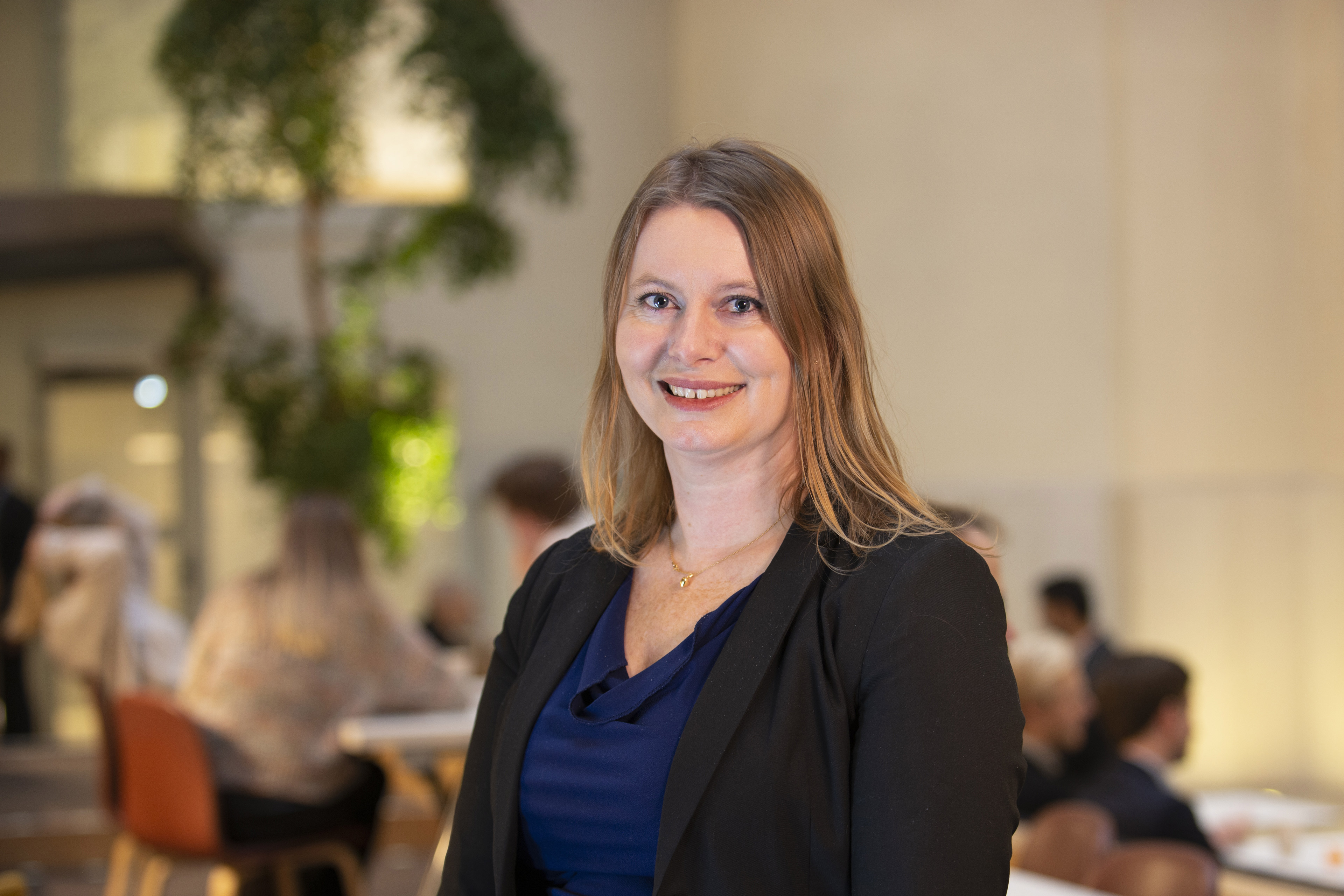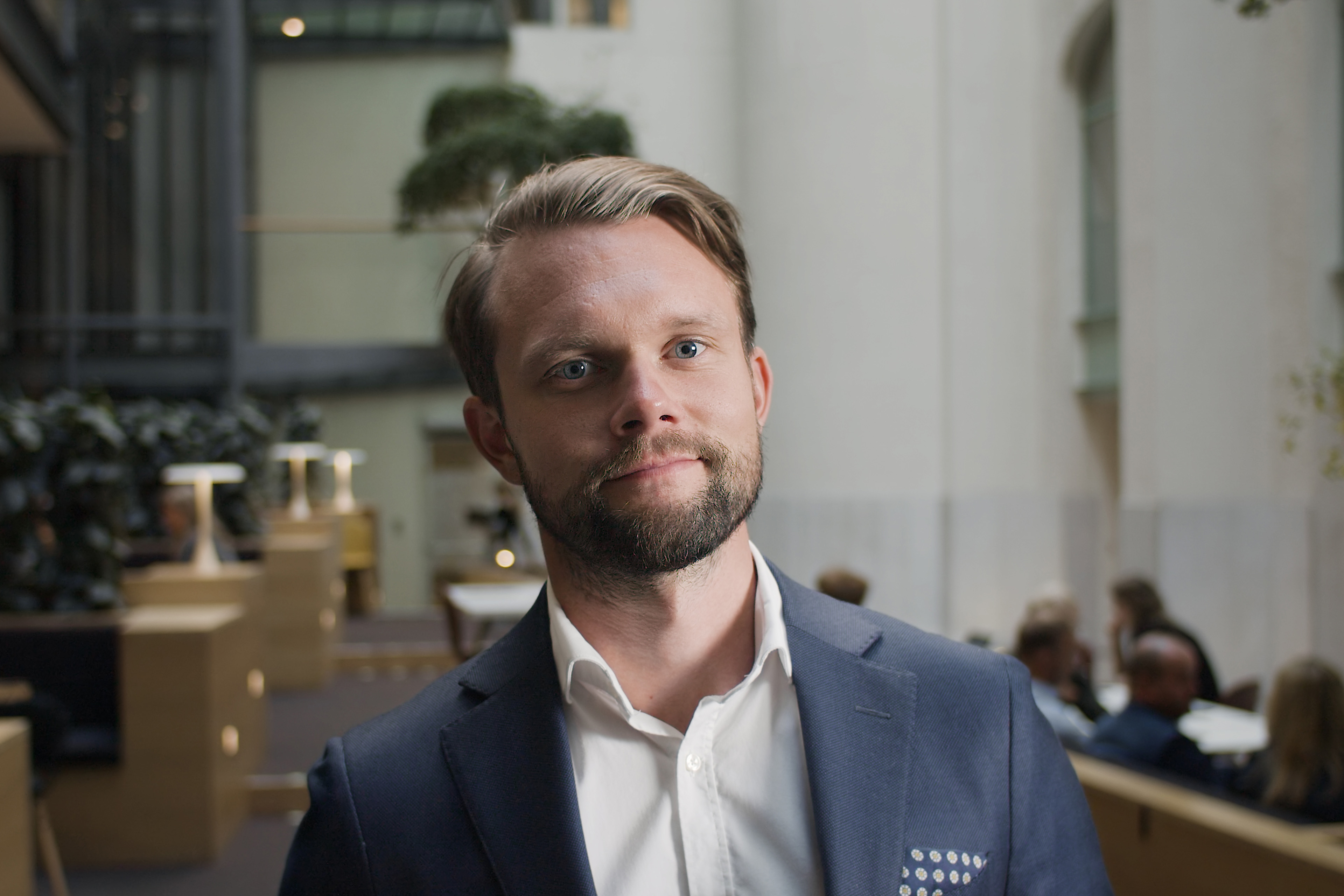To start, teams from Microsoft, Region Skåne and the EY organization conducted an initial analysis to evaluate potential use cases for HoloLens 2. It found that HoloLens 2 can improve patient treatment, increase specialist involvement in home visits, improve remote emergency involvement and increase opportunities for real-time supervision, while reducing infection contacts and the need for specialist transport.
The teams worked in four stages over an eight-week period — starting by stating the objectives and focus areas for testing, going on to develop simulated test scenarios, executing testing for 35 doctors and nurses in 15 test groups, and finishing up with an evaluation of the performed steps.
The test scenarios were developed based on real care cases in simulated environments. The first two scenarios were set in the emergency department, while the last two were set in a geriatric care setting:
- Consultation via HoloLens 2 during emergency care of a potentially infectious patient in the emergency department.
- Digital visualization of a checklist by the doctor for the treatment and care of an urgent, life-threatening and rare condition.
- Enabling the meeting between healthcare professionals and patients via Teams in the patient's home environment (for treatment of a ostomy complication).
- Facilitating meetings between professionals and patients via Teams in the patient's home environment (for a neurological examination)













